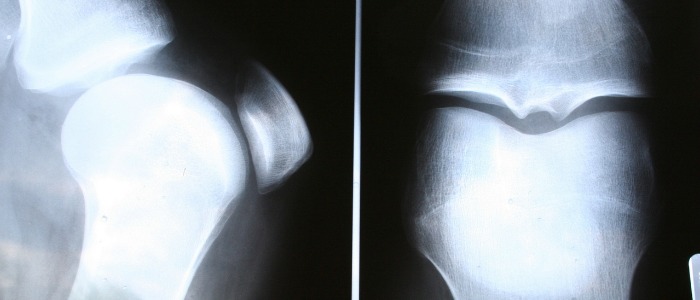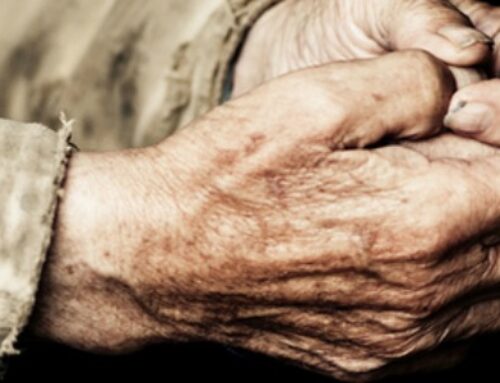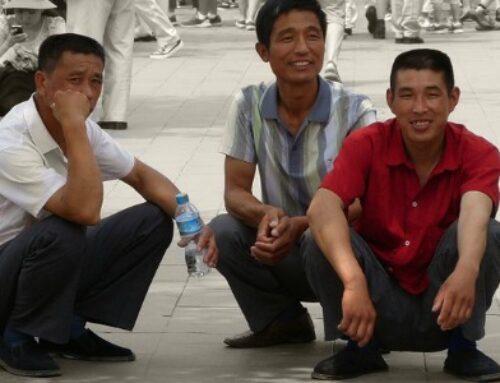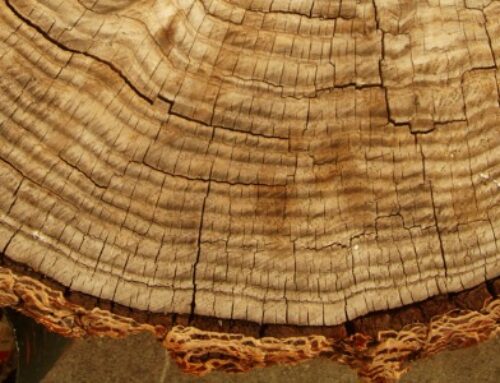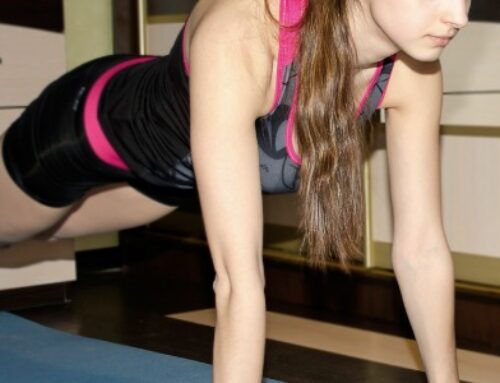Running is often criticized for giving us bad knees. “Yeah, keep running and you won’t be able to walk when you’re 60!”
Running injuries to the knees do happen. But you can get injured while walking too, or falling off a chair. And nobody tells you to stop. It’s also true nobody would think that could give you arthritis. Whereas until recently even doctors thought runners would be more likely to develop arthritis in their knees.
But as it turns out it’s not true! Hurray for us!
Several studies caught my attention.
The first one is from 2013 and looked at : “Effects of running and walking on osteoarthritis and hip replacement risk.” They studied almost 75000 runners and 15000 walkers! pretty big cohort. The researchers fully expected the risk of osteoarthritis (OA) and hip replacement to be higher in runners. But in fact they found the opposite.
Runners were less likely to have OA and hip replacements.
They correlated it to BMI, runners are less likely to be overweight. And a high BMI is more likely to cause knee pain (and a host of other pains).
As a follow up study to this one, researchers wondered “why the H… did running not cause OA?”
So they had walkers walk (that’s what they do) on a special 50 foot runway with motion-capture cameras and pads to measure forces when the walker hit the ground. The runners, then, ran the same runway.
Not surprisingly the impact of the runners’ feet was 3 times stronger than the walkers’ (about 8 times their body weight) BUT they struck the ground less often than the walkers since their running stride was longer than the walking stride.
AND they were faster so their foot was in contact with the ground for shorter periods of time.
As a result, over the course of 1 mile,
the amount of force on the knee was the same for a walker or a runner!
They stopped short of saying the running was actually better for the knees but they’re starting to think it might be.
Drawing on knowledge from previous studies some doctors explained that “cartilage likes cyclical loading, meaning activity in which force is applied to the joint, removed and then applied again. In animal studies, such cyclical loading prompts cartilage cells to divide and replenish the tissue, he said, while noncyclical loading, or the continued application of force, with little on-and-off pulsation, can overload the cartilage, and cause more cells to die than are replaced.” http://well.blogs.nytimes.com/2013/09/25/why-runners-dont-get-knee-arthritis/?_r=0
And finally the most recent study didn’t plan on studying running, but osteoarthritis. 8 years after the beginning of the study, the volunteers were given a questionnaire with questions about their physical activities.
The researchers wrote a retrospective study on the fact that “A history of leisure running is not associated with increased odds of prevalent knee pain(…). In fact, for knee pain, there was a dose-dependent inverse association with runners.”
The people who ran the most had the least knee pain
regardless of age, the amount of running and at what stage in their life they were runners!
And the people who were still running had even less knee pain, probably getting back to the BMI issue, as well as muscle strength. http://www.runnersworld.com/general-interest/runners-have-much-healthier-knees-than-scientists-thought
Isn’t that great news? Not that I would have stopped running anyway but knowing that it’s also good for my knees makes me happy.
That said there are other ways to injure your knees or hips or ankles while running, and for those occurrences my Rolfing® hands will still be there to help you!
See you on the trails.


